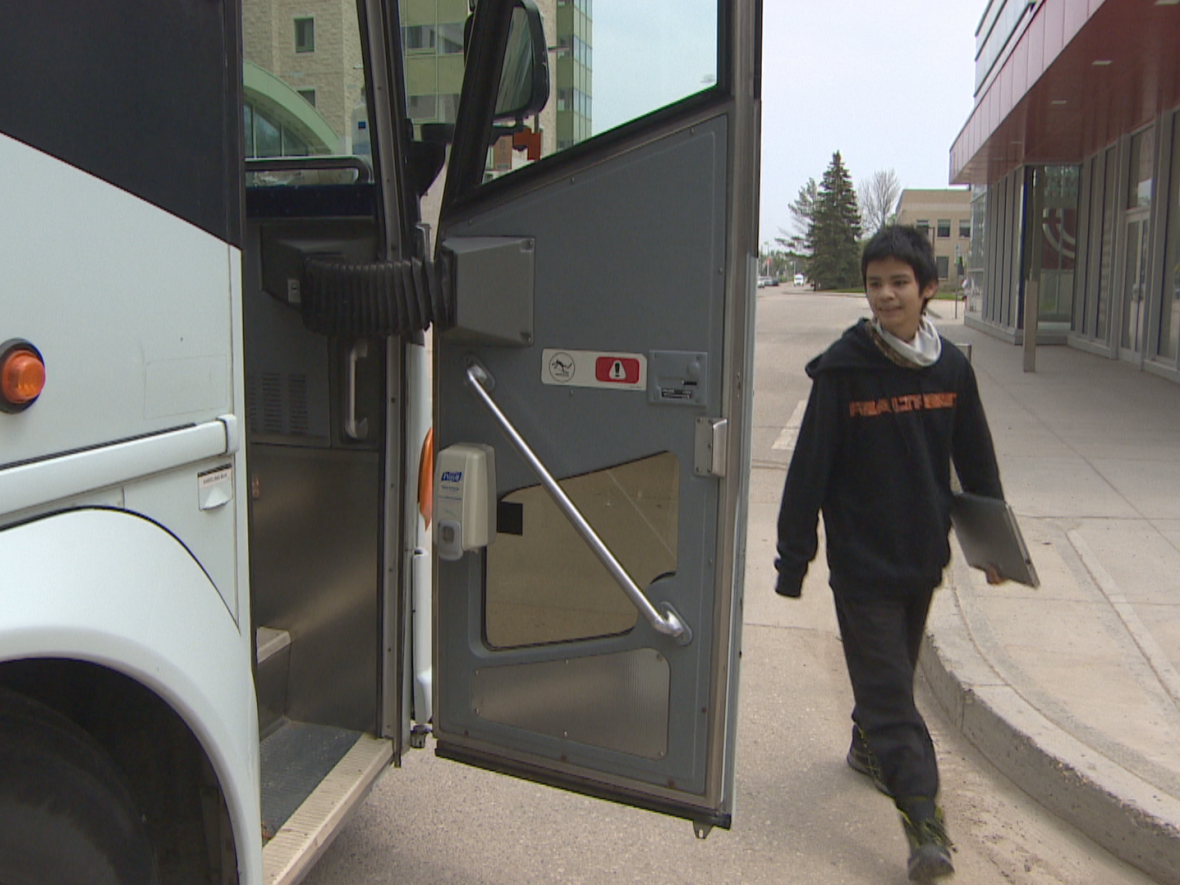Improved weather conditions allowing some Sask. wildfire evacuees to return home

Many wildfires evacuees are now making long journeys back to their northern Saskatchewan communities after about a week away from home.
As of Friday at noon CST, there were 21 active fires in the province, with five of them are not contained, according to the latest bulletin issued by the Saskatchewan Public Safety Agency (SPSA).
The agency was still supporting 52 evacuees in Lloydminster from Buffalo Narrows and 131 people in North Battleford from Patuanak, but evacuees from Buffalo Narrows and Île-à-la-Crosse who had been in Regina were back home.
Steve Roberts, the agency's vice-president of operations, said improved weather conditions continue to help wildfire suppression efforts.
"The weather we are currently experiencing is cooler and we have had showers on some of these fires already. This has allowed the crews to switch from indirect to direct attacks and put more resources on the line securing those critical boundaries that are near the communities," Roberts said on Friday.
"So even though there remains some smoke hazard, the physical threats to communities have been reduced and local leadership has made decisions to bring people from their communities back, other than those who have critical medical conditions."
What are the evacuees returning home to?
Roberts said firefighters have kept the wildfires from entering and damaging all the threatened communities.
"We do have some remote values — cabins, small sheds, those things — that will have been impacted by fire," Roberts said.
The five wildfires of note currently in the province range from the KPIR-02 fire south of Deschambault Lake (currently 4,605 hectares) to the Shaw wildfire in between Buffalo Narrows and Île-à-la-Crosse (133,113 hectares as of the agency's latest update).

Roberts added that some SaskPower infrastructure was damaged, but has since been repaired.
The Saskatchewan government is providing $100 dollars to northern residents who had food spoiled due to a power outage earlier in May.
"It is a substantial investment into those communities and I recognize that in some cases it may not be enough," said Marlo Pritchard, the agency's president and fire commissioner.
"It's $100 per resident. Households could potentially see quite a bit more than the $100 depending on how many children there are there."
Some northern residents remain evacuated: Indigenous Services Canada
As of Wednesday no decision had been made on repatriating the 1,084 higher risk people from Peter Ballantyne Cree Nation who were still away from home. Residents continued to receive support from the Prince Albert Grand Council and the Canadian Red Cross, according to Indigenous Services Canada (ISC).

ISC wrote that the 300 evacuees from English River First Nation and higher risk individuals from Canoe Lake First Nation would remain away from home due to smoke impacting their communities.
On Tuesday evening, the Buffalo River Dene Nations had begun repatriating individuals with no health conditions back to their communities. People with critical health conditions, elders, those with mobility needs, children under the age of five, pregnant mothers and others who could be vulnerable remained away form home, as of ISC's latest's update.
The Prince Albert Grand Council and Canadian Red Cross helped the Lac La Ronge Indian Band bring people back home.


